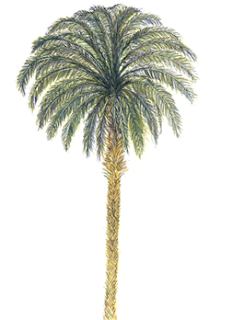 |
| בול בנימין נתניהו "Israel 70 Anos" personalized stamp Correios (2019) |
 |
| בול ישראל A New Millennium: "Israel" stamp Correios (2001) |
 |
| בול קהל צור ישראל "Kahal Zur Israel" stamp Correios (2001) |
 |
| הנפקה משותפת ברזיל-ישראל "Emissão Conjunta Brasil-Israel" Brazil-Israel joint issue stamp Correios (2020) |
 |
| ציור מקורי בצבעי מים: תל אביב Original watercolor drawing of Tel Aviv beach Lidia Marina Hurovich Neiva |
 |
| ציור מקורי בצבעי מים: רסיפה Original watercolor drawing of Recife coastline Lidia Marina Hurovich Neiva |
Israel and Brazil are both pluralistic multi-cultural immigrant societies that appreciate the bonds between people, the human sacrifice and unity that strengthen us in our strongest and weakest moments. Both countries share common values, such as that of solidarity, which has been expressed over the years in international organizations, and through humanitarian aid and diplomatic relations.7,8In describing Israel and Brazil as immigrant societies, the ambassador's aim is to cite an experience with which audiences in both countries can identify and through which they can relate to each other. On a superficial level, the comparison is valid and effective: the populations of Israel and Brazil were profoundly impacted, numerically and in other ways, by waves of newcomers both before and after the countries gained formal independence. However, the comparison belies a crucial distinction that ultimately sets Israel and Brazil apart as much as it brings them together. As the nation-state of the Jewish people, Israel distinguishes between two kinds of immigration: Jewish immigration, or aliyah, and non-Jewish immigration, or hagira. The former is actively encouraged by the state and celebrated by the national ethos as part of a historical process of the Jewish diaspora returning to its ancestral homeland after a 2,000-year exile; the latter, while not necessarily frowned upon, is nonetheless treated as a separate phenomenon both at the bureaucratic level and by society generally. In Brazil, no such distinction exists: it is an immigrant society in the pure and unrestricted sense of the term.
 |
| ציור מקורי בצבעי מים: דקל Original watercolor drawing of palm tree Lidia Marina Hurovich Neiva |
 |
| ישראל-ברזיל: מעטפת יום ההופעה "Israel-Brazil" first day cover Israel Post (2020) |
 |
| ישראל-ברזיל: גליון בולים "Israel-Brazil" 3×5 stamp sheet, #010726 Israel Post (2020) |


No comments:
Post a Comment